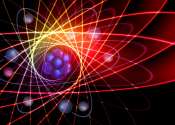Nanoengineers boost signals from fluorescent sensors
Fluorescent sensors, which can be used to label and image a wide variety of molecules, offer a unique glimpse inside living cells. However, they typically can only be used in cells grown in a lab dish or in tissues close ...









